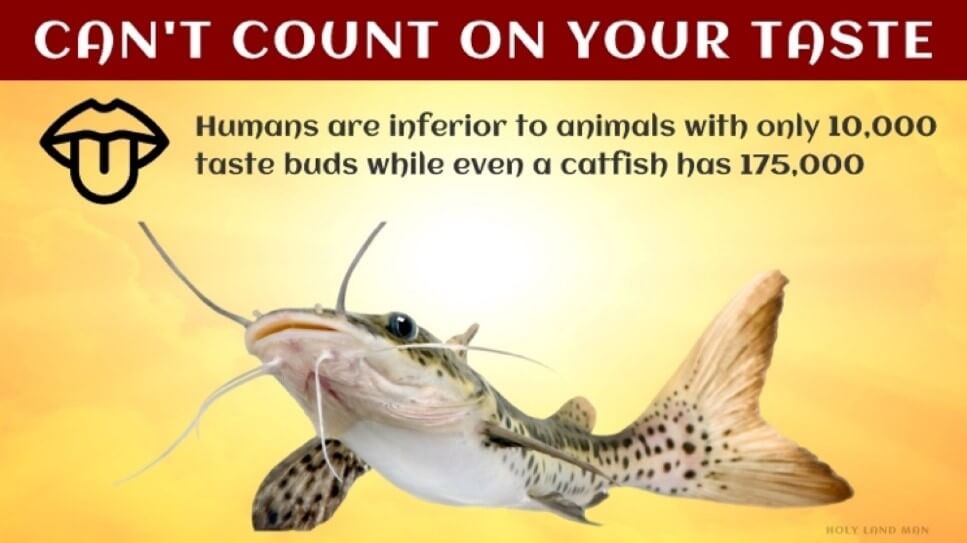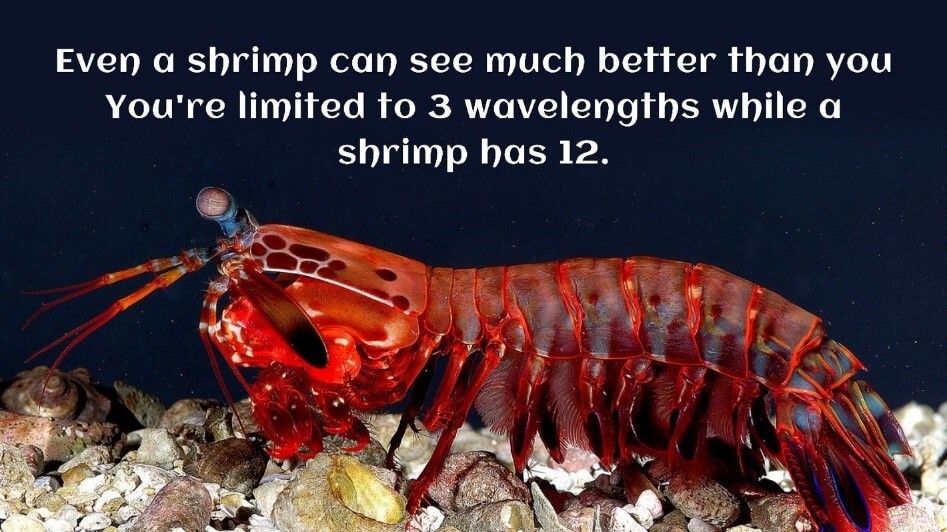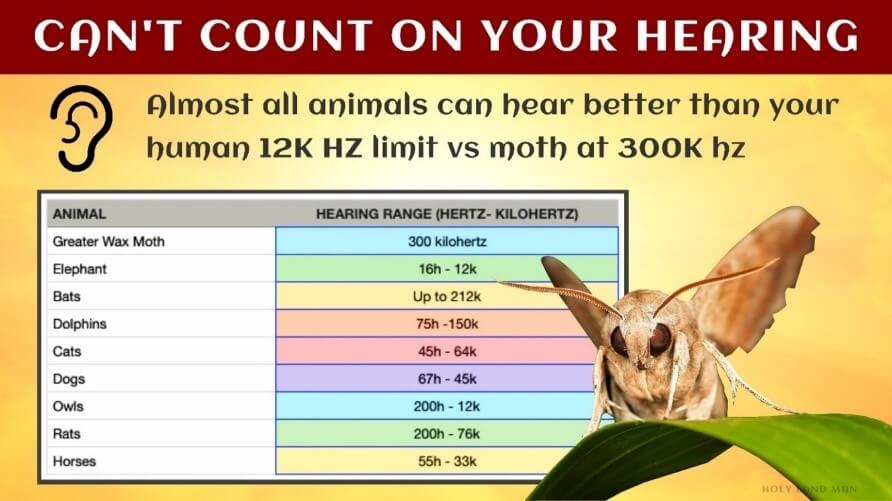In evolutionary terms, the chemical senses — taste and smell — are the oldest. They’re important because they help indicate whether something is good to eat or whether it’s bad for you.
Sweet things often indicate an easy source of energy, while bitterness can be a sign of something poisonous.
Smell lets you detect chemicals at a distance and it draws in the finer distinctions, but isn’t very good at detecting ions that have to be dissolved in water like saltiness, sweetness, or sourness.
Taste, on the other hand, lets you get up close and personal.
A typical catfish has upwards of 100,000+ taste receptors all over its body which allows it to use the taste receptors like a type of radar to locate food in relationship to its mouth (some large catfish can have as many as 175,000 taste receptors).
All of this is rather ironic, really, when you consider that catfish are like aquatic garbage disposals, churning through some of the least appetizing food in some of the muddiest and murkiest waters around.
Cows have taste buds ranging from 25,000-35,000, which give them an excellent sense of taste―about two to three times more as compared to humans.







